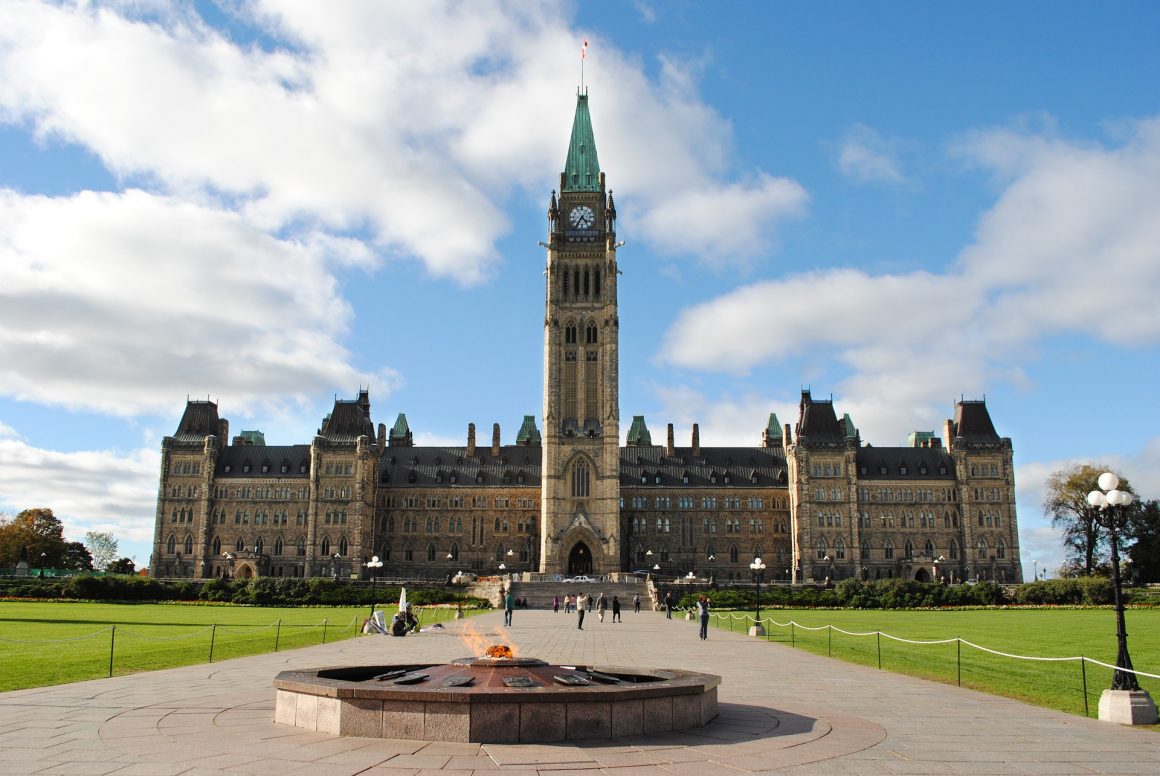
What does the 2019 federal budget mean for students?
By Derek Baker, March 22 2019 —
Minister of Finance Bill Morneau tabled the 2019–20 Canadian federal budget to the House of Commons on March 19. The budget forecasts a $19.8-billion deficit and like last year also includes a $3-billion “budgetary risk adjustment.”
Titled Investing in the Middle Class, the budget is a massive 460-page document. The University of Calgary has hailed it has a “substantial investment” in research and science.
“We thank the federal government for its commitment to improving the skills of Canadians,” U of C president Ed McCauley said in a press release.
But what’s in it for students? Here are six things Canadian post-secondary students can take away from this year’s budget.
Interest on student loans:
The 2019 budget proposes amendments to the Canada Student Financial Assistance Act to make interest no longer accumulate during the six-month repayment grace period. Currently, post-secondary students who have student loans do not need to make payments on them for six months after they leave school. However, interest accumulates during this period. The budget states “the average borrower will save approximately $2,000 over the lifetime of their loan” as a result of this change.
Additionally, a six-month interest-free and payment-free period will be implemented for students that take a temporary leave from school for medical (including mental health) or parental reasons.
Canada student loans in general:
$15 million will be invested over five years to the Canada Student Loans program. The cap on the Canada Student Grant for Services and Equipment for Students with Permanent Disabilities will increase from $8,000 to $20,000 per year.
Indigenous post-secondary education:
The 2019 budget proposes a $327.5-million investment to renew and expand funding for Post-Secondary Student Support Program for First Nations students. It also proposes the creation of Inuit-led and Métis-led education strategies, with respective investments of $125.5 million and $362.0 million over ten years. Additionally, $9 million over three years will be given to Indspire, a registered charity that provides funding for the education of Indigenous peoples, for additional scholarships and bursaries.
Want to pursue a master’s?
With an investment of $114 million over five years to the Natural Sciences and Engineering Research Council (NSERC), the Canadian Institutes of Health Research (CIHR) and the Social Sciences and Humanities Research Council (SSHRC), 500 additional master’s-level scholarships will be created annually for students looking to pursue a graduate degree. These will be awarded through the Canada Graduate Scholarship program.
Jobs, jobs, jobs:
Students outside of STEM fields will now have access to the Student Work Placement Program. With a $631.2-million investment over five years, the program will be expanded to support up to 20,000 new placements by 2021–22 in all disciplines, including arts, humanities and social science.
Can’t afford your prescription drugs?
The federal budget proposes $35-million for the creation of the Canadian Drug Agency, which will work in collaboration with provinces. This agency will tell you that, yes, your prescriptions are expensive.
